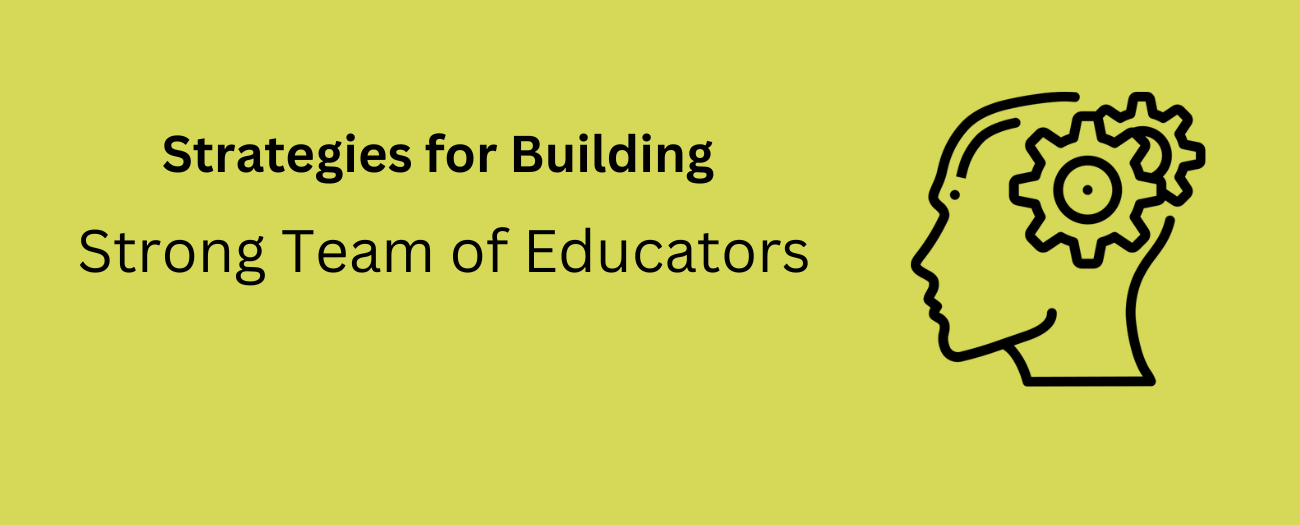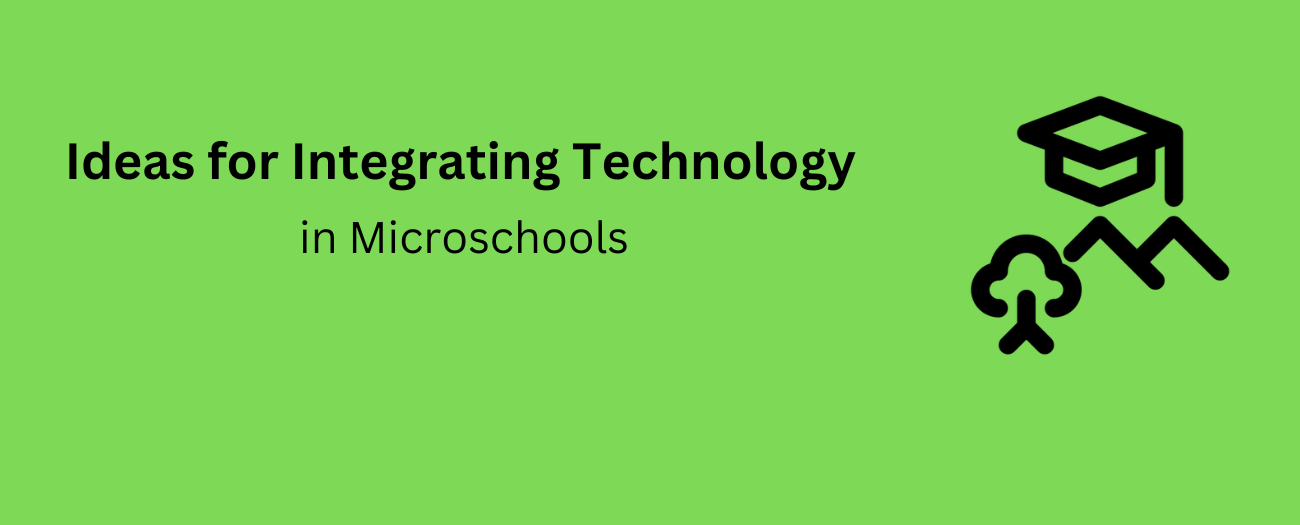5 Ways to Incorporate Social and Emotional Learning into Your Microschool Curriculum
Social and emotional learning (SEL) plays a vital role in the holistic development of students, equipping them with essential life skills and emotional intelligence. By incorporating SEL into your microschool curriculum, you can create a nurturing environment that promotes students' social, emotional, and academic growth. In this blog post, we will explore five effective ways to integrate social and emotional learning into your microschool curriculum.
1. Embed SEL into Core Subjects:
Infuse SEL concepts and activities into core subjects such as English, math, science, and history. For example, during English lessons, incorporate literature that explores themes of empathy, resilience, and self-reflection. In math, create opportunities for cooperative problem-solving and group projects that emphasize communication and collaboration. By integrating SEL into core subjects, you create a seamless learning experience that helps students connect academic knowledge with real-life situations.
2. Foster a Positive Classroom Culture:
Create a classroom culture that prioritizes emotional well-being, empathy, and respect. Establish clear expectations for behavior and communication, emphasizing kindness and inclusivity. Encourage students to actively listen to their peers, practice empathy, and resolve conflicts in a constructive manner. Implement morning check-ins or circle time where students can share their thoughts and feelings, promoting self-awareness and emotional expression.
3. Implement SEL-specific Lessons and Activities:
Devote dedicated time to explicit SEL lessons and activities. This can involve teaching students about self-awareness, self-management, social awareness, relationship skills, and responsible decision-making. Incorporate interactive discussions, role-playing scenarios, journaling exercises, and mindfulness activities to facilitate students' understanding and application of SEL concepts. Use age-appropriate resources and materials that resonate with your students.
4. Engage in Collaborative Projects and Service Learning:
Promote social and emotional learning through collaborative projects and service learning experiences. Encourage students to work together on meaningful projects that require teamwork, communication, and problem-solving. Collaborate with community organizations and develop service learning initiatives that allow students to address real community needs. These experiences help students develop empathy, a sense of responsibility, and a deeper understanding of societal issues.
5. Nurture Teacher-Student Relationships:
Strong teacher-student relationships are essential for effective social and emotional learning. Foster a supportive and trusting environment where students feel comfortable expressing their thoughts and emotions. Take the time to know your students individually, recognizing their strengths, challenges, and interests. Incorporate one-on-one conferences, mentorship programs, or advisory groups to provide personalized guidance and support.












